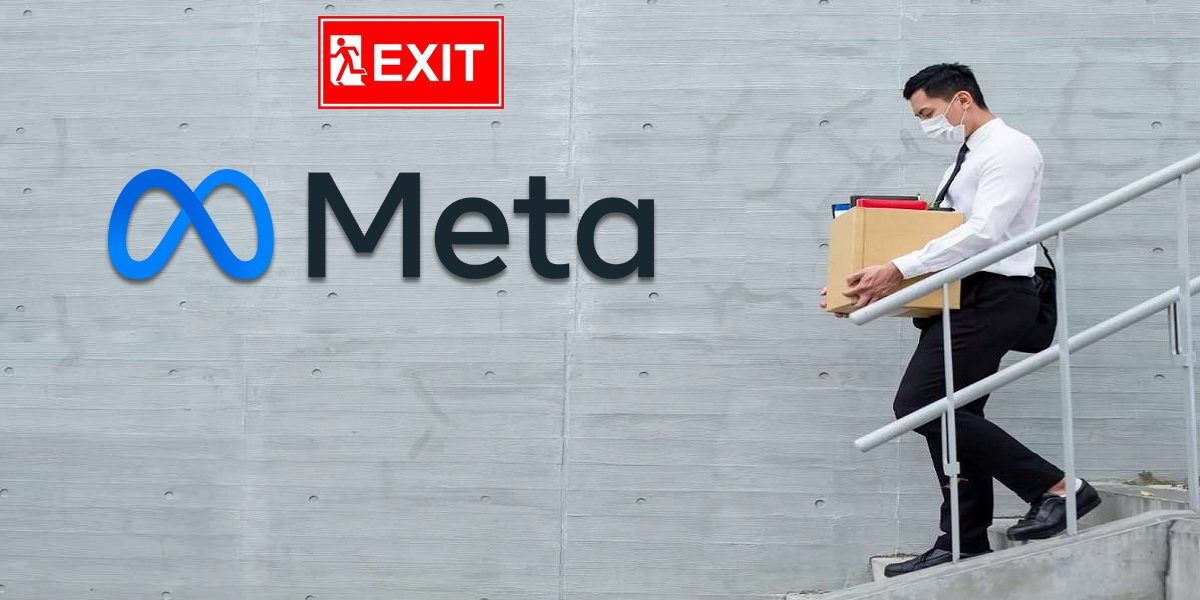Nitin Dhingra, Chief Technology Officer, Indira IVF Hospital Ltd.
As we move into 2025, enterprises are experiencing a significant shift driven by technologies like artificial intelligence (AI), machine learning (ML), and automation. AI is no longer limited to innovation labs; it is actively enhancing enterprise functions—from automating document processing and analyzing patient data to improving clinical decision-making and customer engagement. Concurrently, the adoption of zero-trust frameworks is reshaping cybersecurity.
This approach assumes no implicit trust and requires continuous verification of user identity and access, reinforcing data protection in increasingly complex digital environments. Together, AI and zero trust are redefining productivity, efficiency, and digital trust.
The Strategic Evolution of the CIO
The role of the Chief Information Officer (CIO) has evolved far beyond managing IT infrastructure. CIOs today are strategic leaders, instrumental in driving digital transformation and aligning technology initiatives with business objectives. They are expected to foster a culture of innovation, balance AI implementation with regulatory compliance, and oversee emerging technologies like automation and hybrid computing. Collaboration with other C-suite leaders—such as the CEO, CTO, and CFO—is crucial to ensuring that IT investments lead to tangible business outcomes and sustainable growth.
Building a Security-First Culture Across the Enterprise
Creating a security-first mindset across all levels of the organization is vital in today’s threat landscape. Enterprises are investing in continuous employee education to reinforce best practices in data handling, cyber hygiene, and regulatory compliance. Regular audits, real-time risk assessments, and simulated breach scenarios are being used to identify vulnerabilities. Consent management systems are being deployed to securely capture, store, and manage user consent, particularly in data-sensitive industries like healthcare and finance. These efforts ensure not only legal compliance but also increased trust among stakeholders.
Collaborative Roles in the New Tech Landscape
As technology governance becomes more complex, the roles of CIOs, CTOs, CISOs (Chief Information Security Officers), and DPOs (Data Protection Officers) are increasingly interdependent.
While CIOs and CTOs focus on innovation and digital strategy, CISOs lead cybersecurity efforts, and DPOs ensure compliance with data protection regulations. Although these roles have distinct responsibilities, overlaps are emerging—especially in data security and privacy. In some cases, CIOs or CTOs may take on DPO duties, provided they possess the necessary legal and regulatory expertise. This convergence is key to building secure, compliant, and future-ready enterprises.






